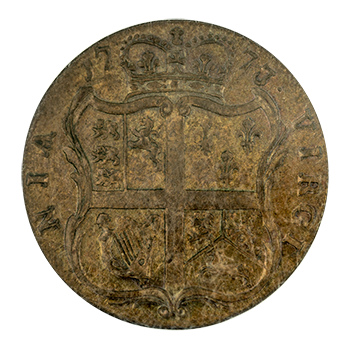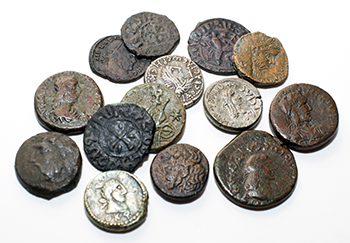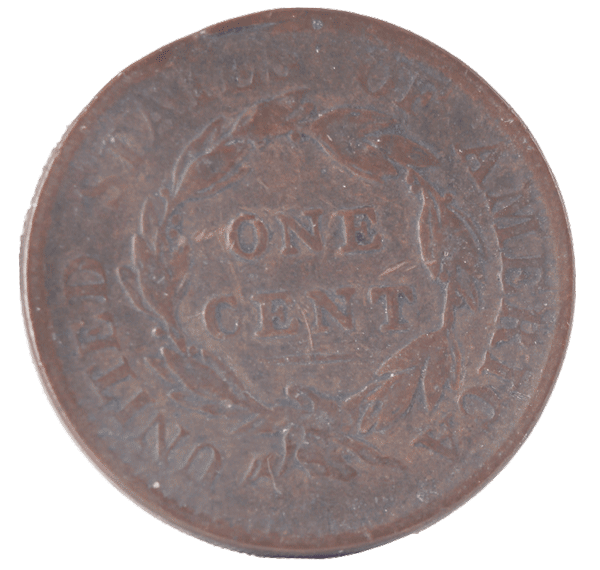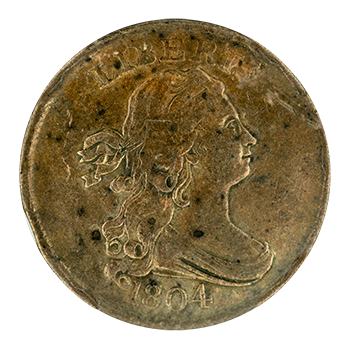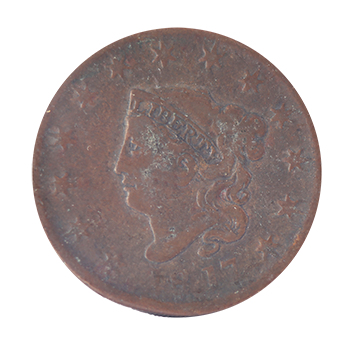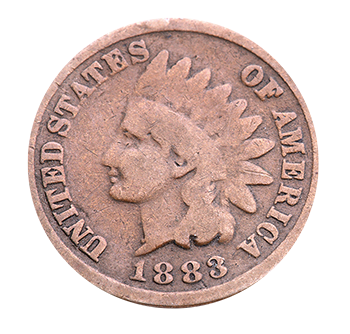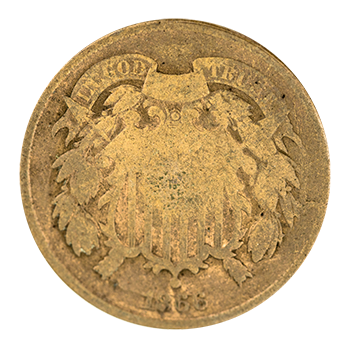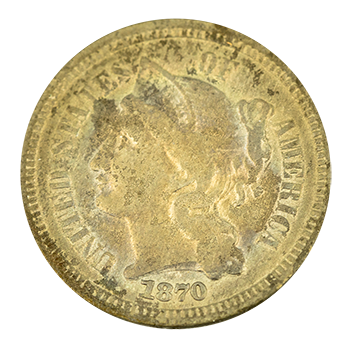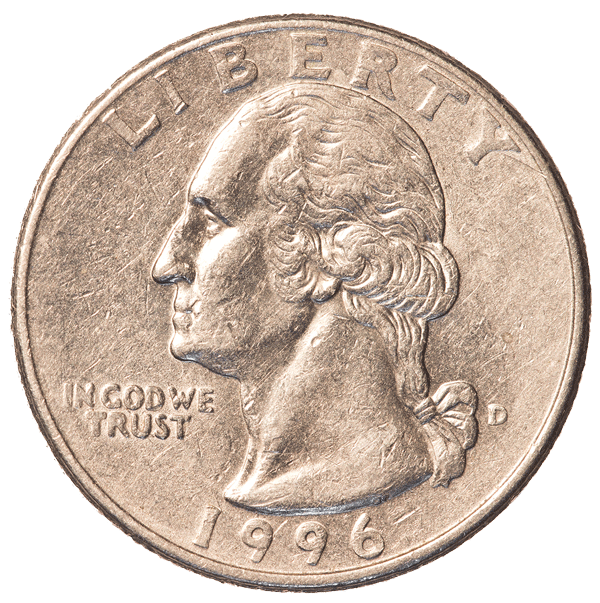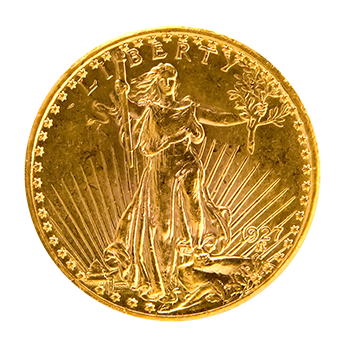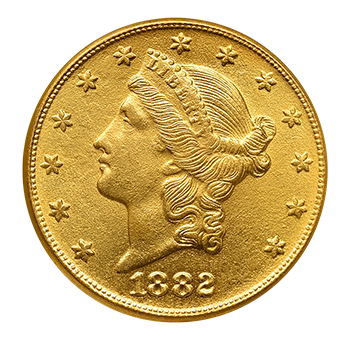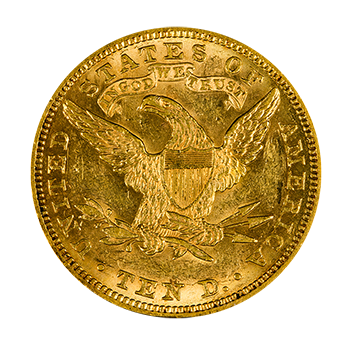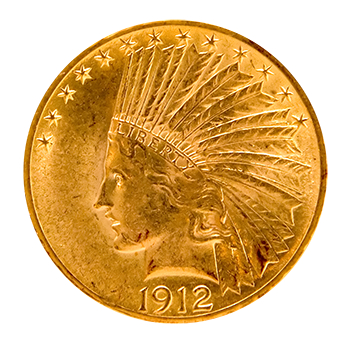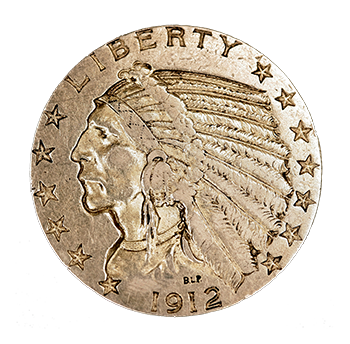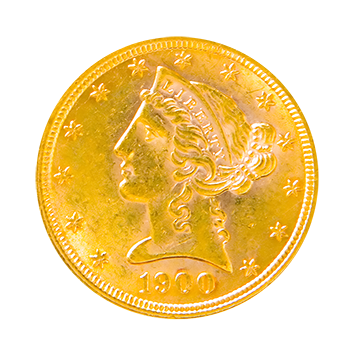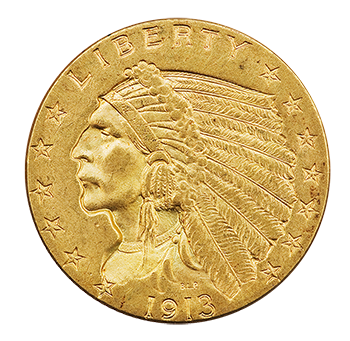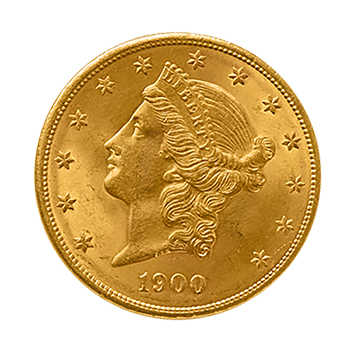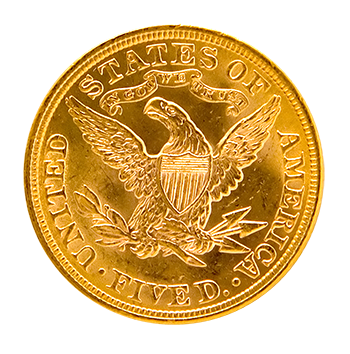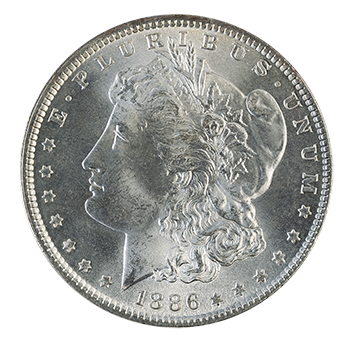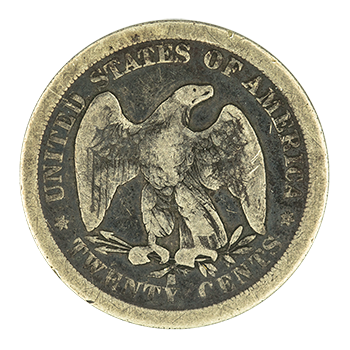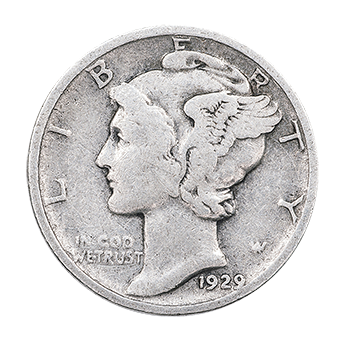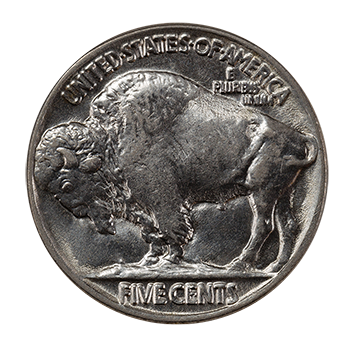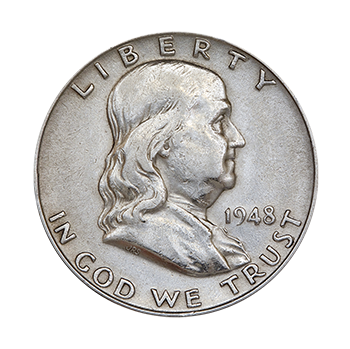
The first half dollar came into circulation in 1794. The coin, marked by a Flowing Hair design, faced heavy criticism, leading to its discontinuation a year later. In 1796, the mint released a replacement: the Draped Bust half dollar. Over the next two years, this half dollar underwent three redesigns. It too was discontinued in 1798. Today, less than 400 of the originally minted 3,918 coins are thought to still exist.
Half dollars did not reappear until 1801, when the Draped Bust reverse became the Heraldic Eagle. This version lasted six years. In 1807, the Capped Bust half dollar made its debut. This series, which comes with many intriguing variations, lasted more than three decades until 1839.
Next came the Seated Liberty design. This version, released with and without mottos, lasted almost until the end of the century (1891) when it was replaced by another Charles Barber coin from his design collection: the Barber half dollar. The Barber series was minted up until 1915, adding to the appeal of the Barber Coin Collectors’ Society.
1916 marked the first appearance of the Liberty Walking half dollar. Met with fawning design reviews, these coins nevertheless only appeared periodically through 1947 when it was replaced by the Franklin half dollar. This new design proved much less popular due in large part to its unappealing design. It might have stayed in production, however, if not for the quick redesign in 1964 meant as a tribute to President Kennedy following his assassination in 1963. Although this series continues in circulation today, the content has decreased from 90 percent silver to 40 percent in 1965 before switching, in 1971, to a copper-nickel clad.

